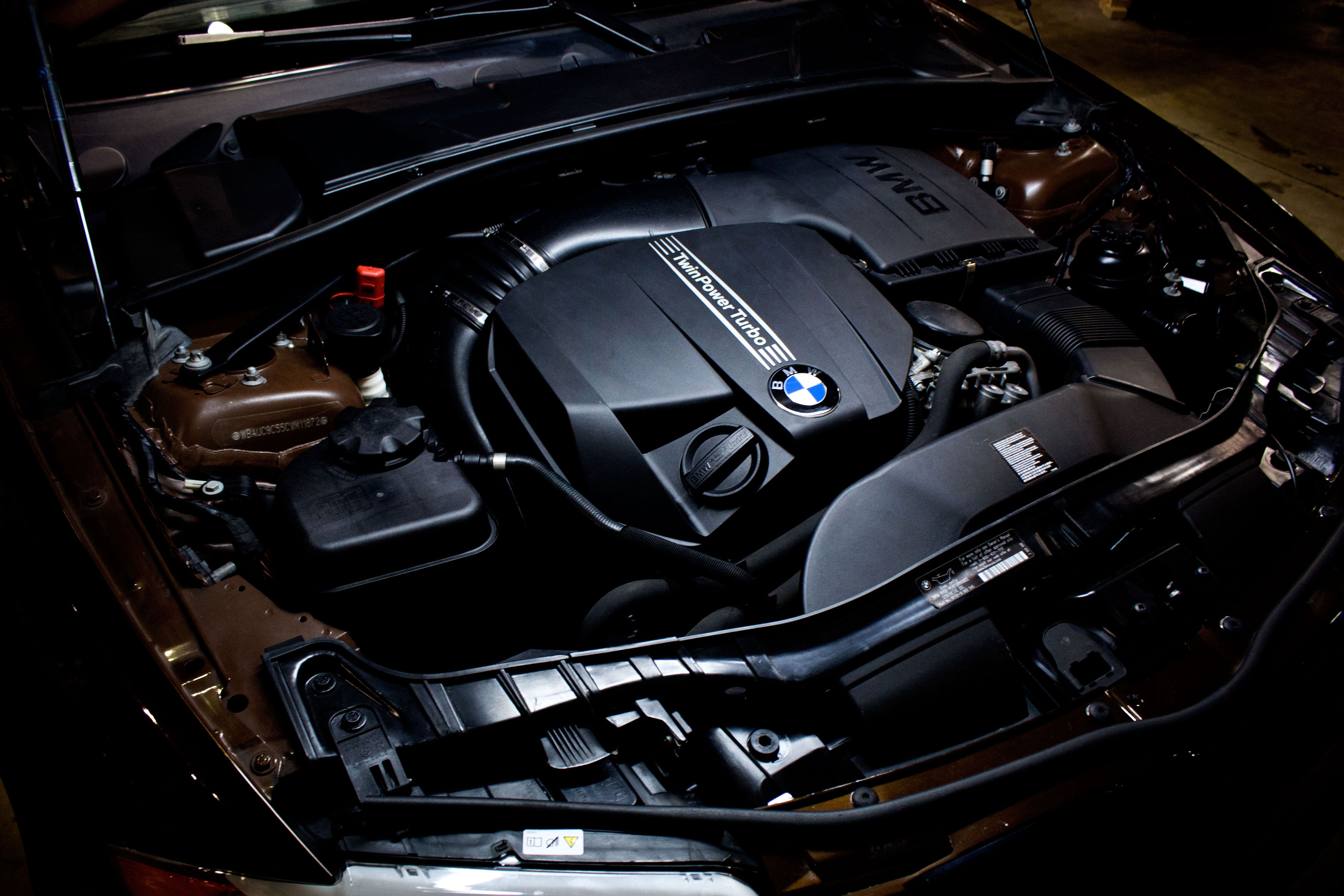
An Elegant and Complex System - Direct Fit Catch Can R&D, Part 1: Stock Review
This is it. The leather seat grips your back as hard as your hands grip the wheel and the tires grip the road. The pavement is your playground and nothing can break the connection you have to its twists and turns. Your mind is calm, but calculating, guiding the wheels through every turn with finesse as the headlights cut through the darkness. Smooth is fast, and this car is certainly smooth. When you finally coax yourself to go home, stepping out into the cool night air, you think to yourself, "This is it."
The Dark Horse of Combustion: Blow-by
But what aren't you thinking about? Sure, BMW's N55 TwinPower Turbo inline-six engine is smooth and powerful, but what happens inside that engine is much more violent. Internal combustion engines are essentially controlled bombs; air and fuel combust to drive pistons and crankshafts. One byproduct of this violence is power, but there are darker horses to contend with, too. As the N55 churns away, high pressure on the top side of the piston pushes combustion gasses, as well as droplets of oil and fuel, past the piston rings and into the crankcase. This mixture is known as "blow-by."

BMW's TwinPower Turbo N55 is a smooth and sophisticated machine that drives some of the smoothest cars on the planet.
In order to keep the crankcase from becoming pressurized, causing issues with oil sealing and robbing the engine of power, blow-by is pulled from the crankcase via the positive crankcase ventilation (PCV) system and routed back into the intake. You may be seeing the problem already; oil and fuel are not what you want in your air intake system. Many modern cars employ some sort of air-oil-separator system to minimize the amount of blow-by that reaches the intake, but due to cost and maintenance restrictions, these stock systems are usually not completely effective.
Blow-by is an even bigger issue for direct-injected engines. In a direct-injected engine, fuel is injected into the combustion chamber, downstream of the intake valves. Direct injection eliminates the cleaning effect of fuel washing over the valves that is inherit in a port-injection system. This means that over time, blow-by can build up on the back of the intake valves, impeding airflow and causing potential running issues.

The N55's valve cover. The orange highlighted area shows the check valve that is open during "turbocharged mode" and the tube that leads to the turbo inlet pipe.
The Most German of PCV Systems
So what does all of that mean for your N55 135i or 335i and how can Mishimoto help? First, let's take a look at the N55's stock PCV system. The N55's PCV system operates in two different modes: naturally aspirated, when the intake manifold pressures are at atmospheric pressure or below; and turbocharged mode, when the manifold is being pressurized by the turbocharger. In order to control the flow of crankcase gasses, the N55 employs a series of check valves. These check valves determine which side of the intake system recieves the mixture, based on the amount of vacuum or pressure each valve is under. This system ensures that the crankcase is never pressurized by the turbocharger and that there is constant vacuum to pull blow-by out of the crankcase.
Where the N55's PCV system excels over other PCV designs is a series of perforated plates in the valve cover. Crankcase gasses flow through these plates before being recirculated back into the intake. The plates act as an impact surface for oil vapor and do an impressive job of condensing the vapors into a liquid that will not flow with the intake charge. After the vapors condense, the oil flows down a return channel and back into the oil sump. If all of this sounds a little confusing, check out the diagrams above and below for a visual explanation of the N55's PCV system.

The N55's PCV system operating in turbocharged mode. The blue highlighted area shows the one-way valve that allows blow-by into the intake track before the turbo.
But Could It Be Better?
So why would you need a catch can with such a complex and effective system? Well, no system is perfect and this system is no exception. Sure, BMW went above and beyond by adding in the impact plates, but there is a flaw inherent in those plates. While they do a good job of blocking the flow of oil vapor, some of that vapor still follows the flow of blow-by gasses into the intake. What's worse is where the blow-by is routed into the intake track. While the system is in naturally aspirated mode, the blow-by is introduced after the throttle body. In naturally aspirated mode, only a small portion of the intake and the back of the intake valves are being exposed to blow-by. However, in turbocharged mode, the blow-by victim count is a lot higher. In turbocharged mode, the blow-by is introduced before the turbo and the throttle. This means that blow-by, oil and fuel vapors included, is being blasted onto the hot turbo compressor wheel, the throttle plate, and the valves, eventually coating all of them in sludge and reducing the engine's efficiency.
Coming up
Now that we've looked at the stock PCV system and its strengths and weaknesses, we'll be looking at the best way to mount our catch can, as well as which "mode" of the system we'll target. Space in the engine bay is quite limited and there is another hurdle to overcome with the complex PCV system, but more on that next time. Stay tuned for more updates on our BMW N55 direct-fit catch can and feel free to send us any feedback!
Thanks for reading!
-Steve









